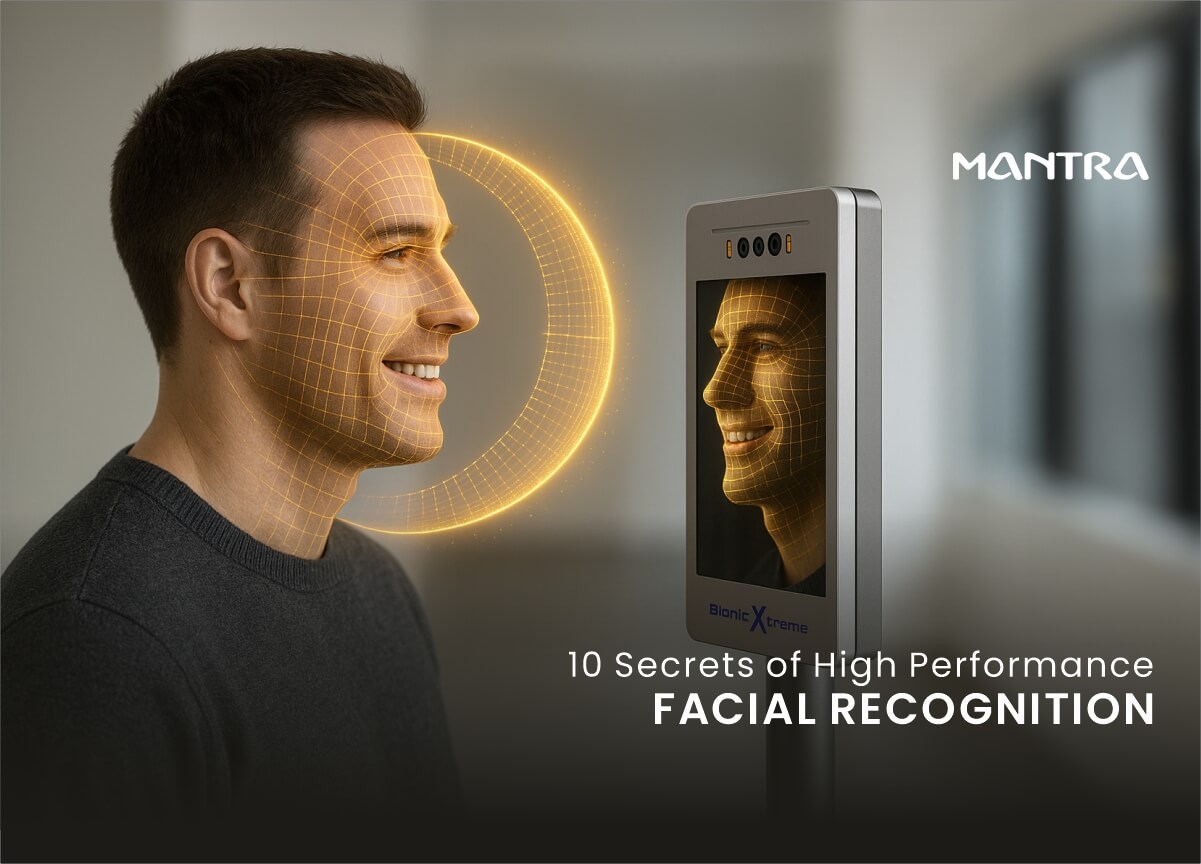
Top-performing facial recognition systems combine high-quality data, adaptive algorithms, and robust liveness detection to ensure speed, accuracy, and spoof resistance-even in real-world, uncontrolled environments.
Quality of Face Images Matters
Accuracy begins with capturing high-quality facial data. Well-lit, high-resolution images, taken from optimal angles, provide the best input for AI models. Blurry, low-light, or off-angle images can drastically reduce match confidence.
Balanced & Diverse Datasets Train Smarter AI
Training models with diverse datasets-across age, gender, ethnicity, and lighting conditions-ensures that recognition remains fair and reliable for everyone. A lack of diversity introduces bias and can skew accuracy.
3D Face Templates Improve Recognition Precision
Advanced systems use 3D facial mapping instead of flat 2D images. These templates provide better spatial depth and structural features, helping systems recognize people even when they turn their heads or change expressions.
Liveness Detection Prevents Spoofing
Effective systems include passive or active liveness detection that can tell the difference between a real face and a printed photo, video replay, or 3D mask-essential for fraud prevention in access control or identity verification.
Adaptive Algorithms Get Smarter Over Time
High-performing platforms continually adapt by learning from real-world conditions. They adjust to changing environments, like different lighting or user behaviors, enhancing performance without requiring manual tuning.
Edge Processing Speeds Up Decision-Making
Facial recognition systems that run AI locally on the device (edge computing) offer faster, more secure operations. They reduce network latency, preserve privacy, and enable real-time recognition even with poor internet.
Encryption and Privacy by Design
Top-tier systems safeguard biometric data with end-to-end encryption and comply with data protection standards like GDPR. Privacy-focused architecture ensures that face data isn't misused or exposed.
Seamless Integration with Access Control Systems
When facial recognition is tightly integrated with broader access control platforms, it unlocks automation-doors, logs, alerts, and workflows can all be streamlined, reducing manual checks or delays.
Scalability Without Compromising Speed
Whether it's a corporate building or a nationwide ID project, performance at scale is key. Elite systems maintain accuracy and speed even as user databases grow into the millions.
Continuous Testing Ensures Real-World Readiness
The best systems are tested across dynamic environments-sunlight, rain, motion, obstructions, and even mask usage. Ongoing performance validation ensures reliability in both ideal and imperfect conditions.
Conclusion
Facial recognition is only as strong as the technology behind it. Systems that combine ethical data practices, robust liveness detection, and edge-AI computing outperform legacy solutions-making them ideal for secure, fast, and scalable deployment.
Comments